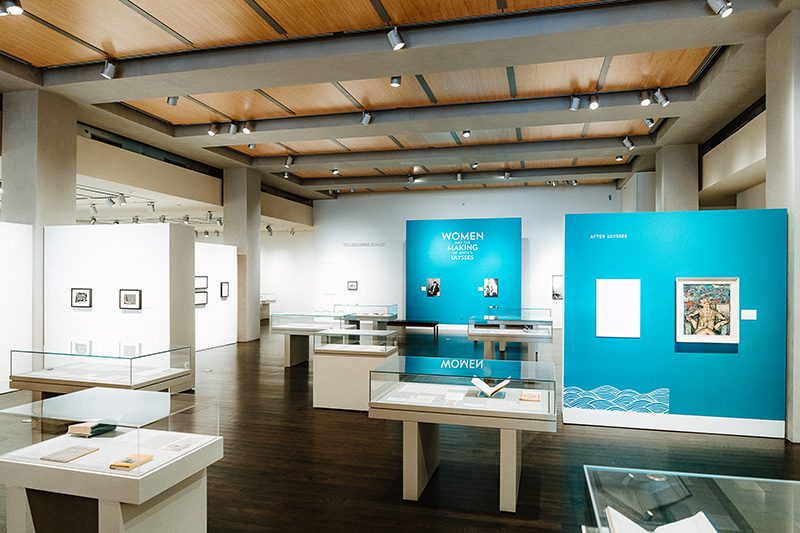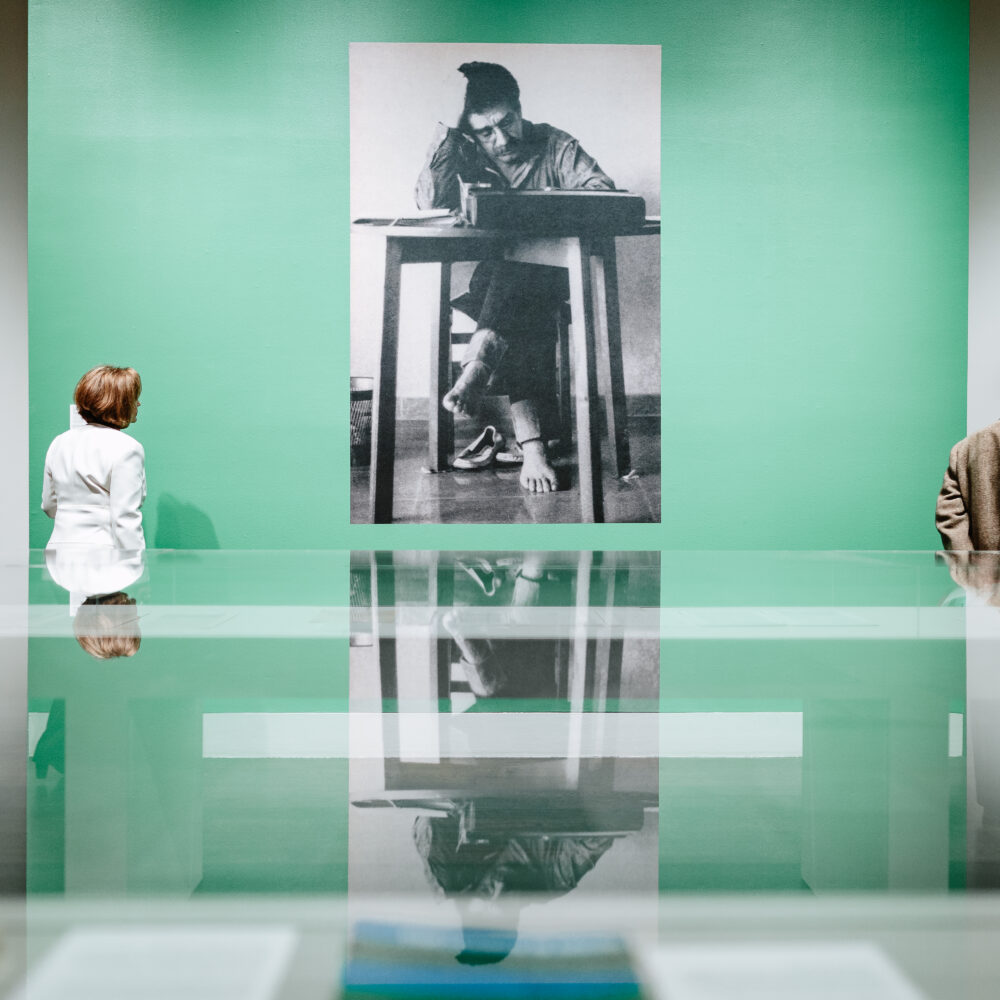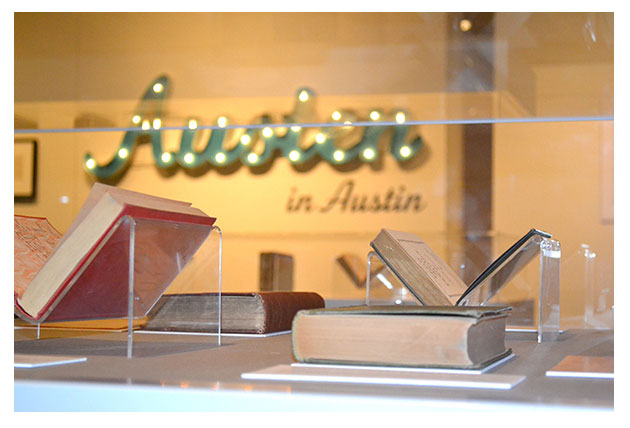by CLARE HUTTON
This article is devoted to objects that tell the story of women who supported James Joyce and the publication of his landmark novel, Ulysses (1922). They were previously on display in our exhibit, Women and the Making of Ulysses, curated by Dr Clare Hutton, author of Serial Encounters: Ulysses and the Little Review (Oxford University Press, 2019).
[Read more…] about Women and the Making of Ulysses: A History in Ten Objects


